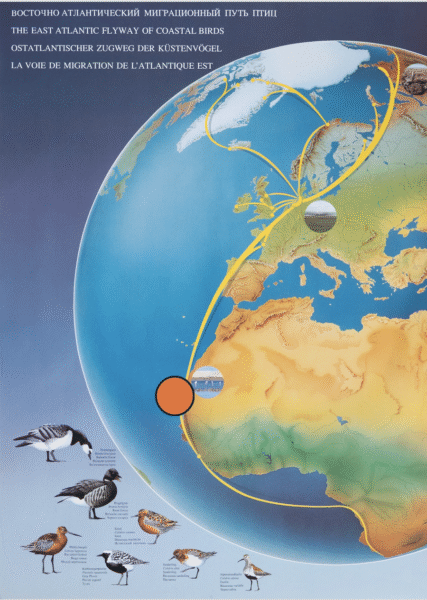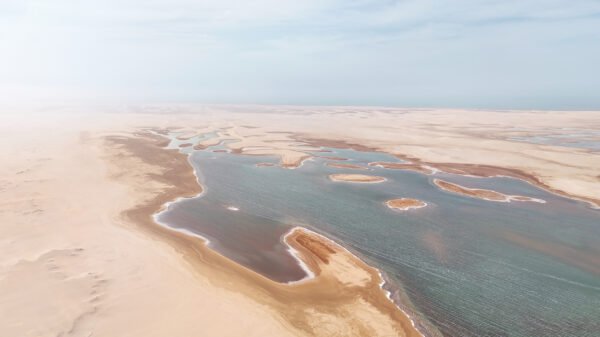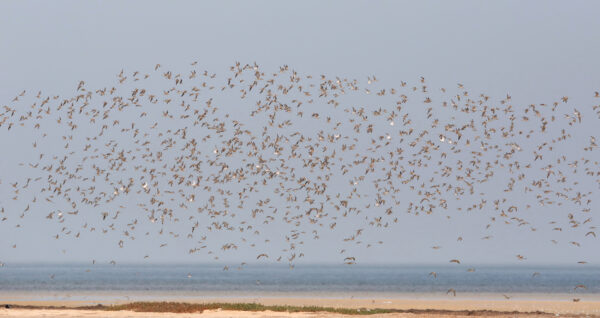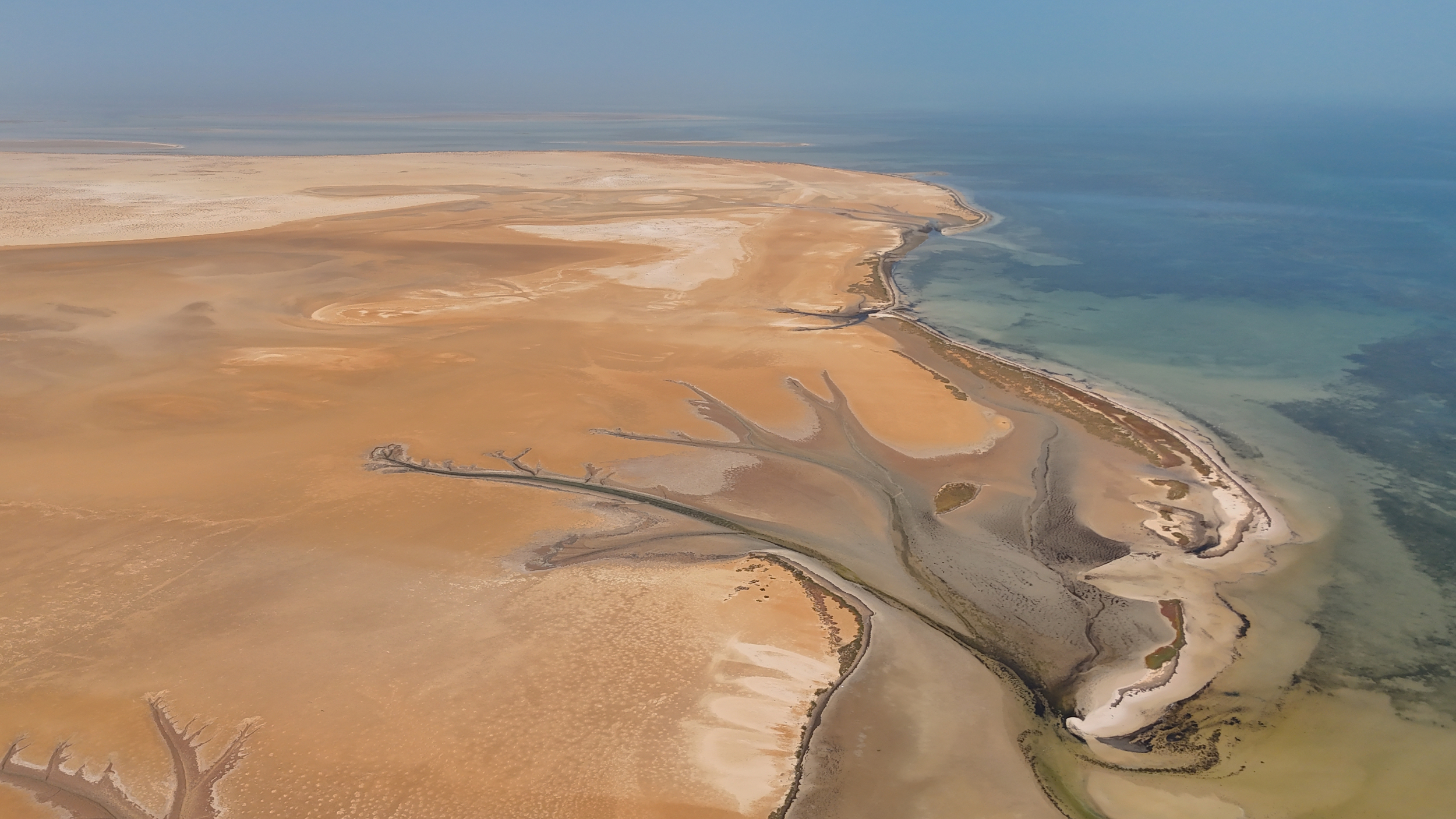
A few days ago, Thomas Krumenacker, one of Germany’s leading nature conservation journalists, published his first comprehensive report on his expedition to the Banc d’Arguin National Park in Mauritania, illustrated with unique photos and videos. Although the report is currently only available in German, the fantastic images alone give non-German readers a wonderful impression of the most important wintering area for coastal birds migrating along the East Atlantic Flyway.

The Banc d’Arguin in Mauritania on the West African coast is, alongside the Wadden Sea, the Great Arctic Reserve in Siberia, the Greenland National Park and Svalbard the most important large-scale protected area along the East Atlantic Flyway. Millions of birds from Europe spend the winter there. Only if they can recharge their energy reserves undisturbed for months do they have a chance of surviving the exhausting return flight to their breeding grounds across deserts, seas and mountains and raising a new generation of birds that will carry the natural wonder of bird migration into the next generation. But overfishing, hunger for raw materials and climate change are also threatening West Africa’s most important wetland – as Thomas Krumenacker’s research shows in a region that will help determine the future of bird migration.


